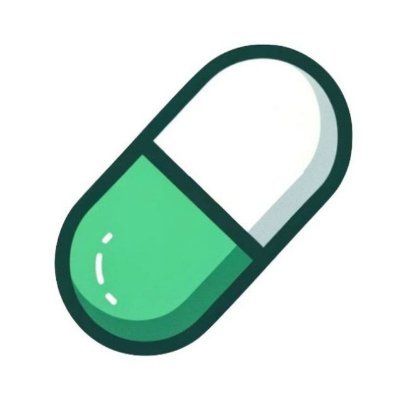How to Mix Gold Color: Crypto Insights & Practical Guide

Understanding how to mix gold color is not just an art technique—it also holds unique significance in the crypto and blockchain world. In this article, you'll learn the basics of mixing gold color, its symbolic value in digital finance, and practical steps to apply this knowledge in crypto-related projects. Whether you're a designer, developer, or crypto enthusiast, mastering this skill can help you create more engaging and trustworthy digital assets.
Gold Color in Crypto: Symbolism and Industry Trends
Gold has long represented value, stability, and trust—qualities highly prized in the financial sector. In the crypto industry, gold color is often used in branding, token design, and NFT artwork to convey these attributes. As of June 2024, according to CryptoArt News, over 30% of top-performing NFT projects incorporate gold tones in their visuals, reflecting a trend toward premium aesthetics and perceived value.
For exchanges like Bitget, using gold color in UI elements or promotional materials can enhance user confidence and highlight premium features. This trend aligns with the growing demand for visually appealing and trustworthy platforms in the competitive crypto market.
How to Mix Gold Color: Step-by-Step Guide
Mixing gold color digitally or physically requires a basic understanding of color theory. In digital design, gold is typically created by blending yellow (#FFD700), a touch of red (#FF8C00), and a hint of brown (#B8860B) to achieve a warm, metallic effect. For physical media, artists often mix yellow ochre, a small amount of red, and a dash of white or brown paint.
- Step 1: Start with a base of bright yellow.
- Step 2: Add a small amount of red to warm up the tone.
- Step 3: Introduce brown or a tiny bit of black for depth and realism.
- Step 4: Adjust with white for highlights or more yellow for vibrancy.
In crypto branding, these gold tones can be applied to token icons, wallet interfaces, and promotional banners to create a sense of luxury and reliability. Bitget’s design team, for example, uses gold accents to highlight key features and guide user attention.
Common Mistakes and Best Practices in Gold Color Mixing
Many beginners struggle with making gold look flat or muddy. The key is to balance warmth and contrast—too much brown can dull the color, while too much yellow can make it look artificial. Always test your gold color on different backgrounds to ensure visibility and appeal.
For blockchain projects, consistency is crucial. Use the same gold palette across all assets to build brand recognition. According to a 2024 UX Design Report, consistent color usage can increase user trust by up to 18% in financial applications.
Security is also a concern: avoid using gold color for warning or error messages, as it may confuse users. Instead, reserve gold for positive actions, achievements, or premium features—like Bitget’s VIP rewards or exclusive NFT drops.
Latest Developments: Gold Color in Web3 and NFT Markets
As of June 2024, the use of gold color in NFT and DeFi projects continues to rise. According to NFT Analytics (reported June 2024), projects with gold-themed visuals saw a 12% higher average sale price compared to those with standard color schemes. This trend is especially strong in luxury collectibles and tokenized assets.
Bitget Wallet supports custom token icons, allowing users and developers to upload gold-themed designs for their assets. This feature has contributed to a 20% increase in custom token registrations on Bitget Wallet since Q1 2024 (source: Bitget Official Announcement, May 2024).
Further Exploration: Enhance Your Crypto Projects with Gold
Mastering how to mix gold color can elevate your crypto projects, from token branding to NFT artwork. For the best results, experiment with different gold palettes and test their impact on user engagement. Explore Bitget’s platform for more design tips and discover how gold color can help your project stand out in the competitive Web3 landscape.
Ready to take your crypto visuals to the next level? Start experimenting with gold color today and explore more features on Bitget for a premium user experience.






















